How a DB Box Works in Your Home
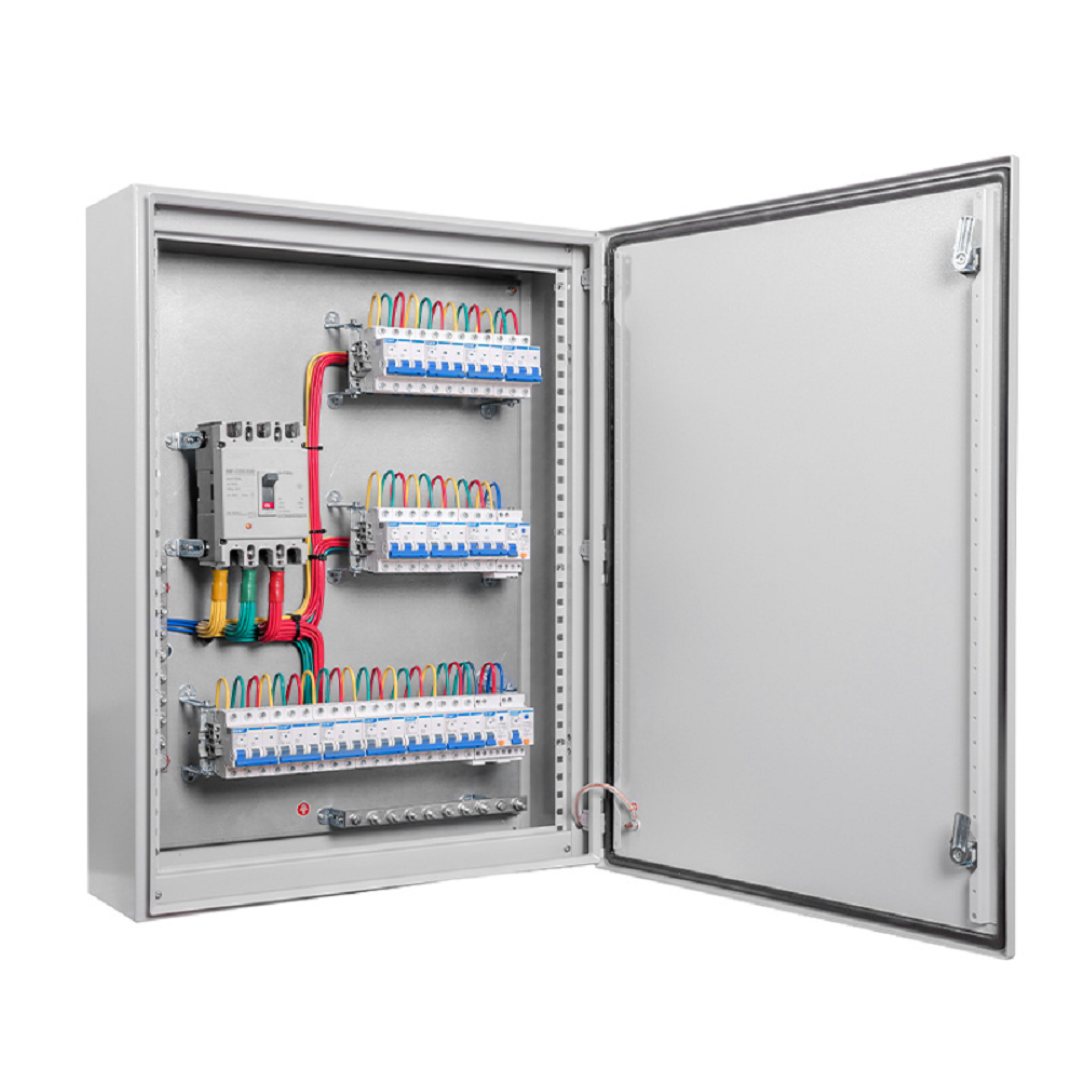
A power distribution box (DB box) works by serving as a central electrical panel where electrical power is received and distributed from one input source to multiple output sources.
This distribution box ensures the safe distribution of power throughout a building or area. Through its design and functionality, as highlighted in this article, it plays a crucial role in the management and control of electrical systems.
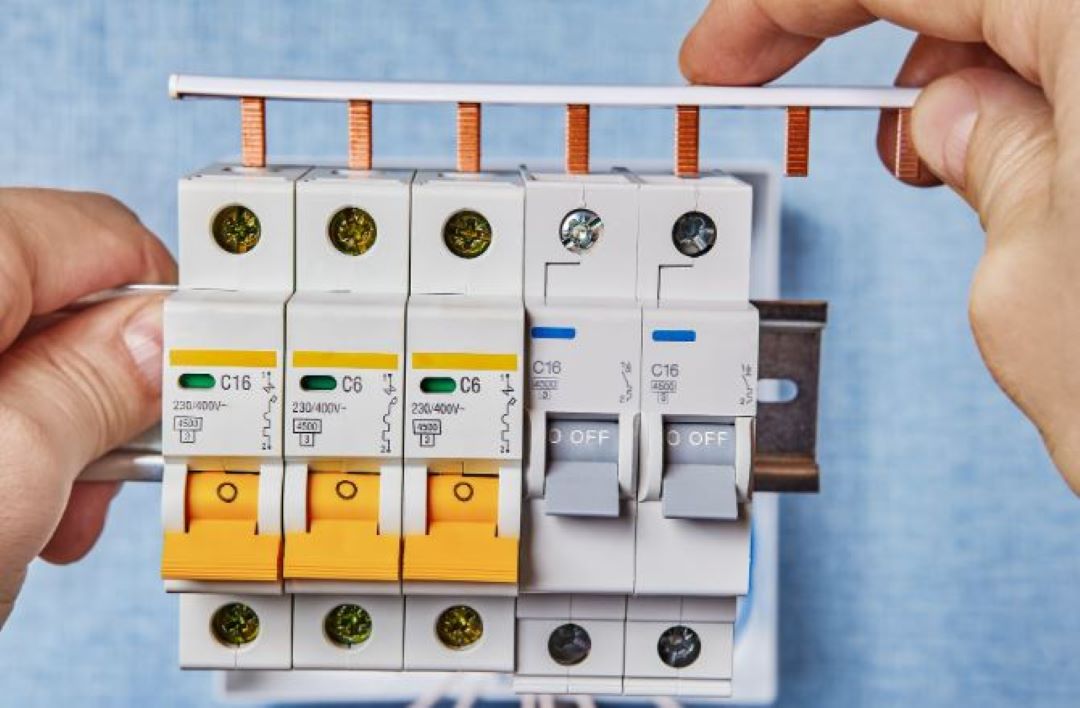
What are the components of a distribution board/ electrical panel?
The components of a distribution board/ electrical panel, play pivotal roles in the control and distribution of electrical power within a facility. Electrical panels or distribution board (DB box) houses mainly bus bars, circuit breakers, residual circuit breakers (RCCB), bypass equipment, fuses, wires and surge protection devices.
Bus bars act as conduits that facilitate the flow of electricity, branching power to different circuits. Circuit breakers and residual current circuit breakers serve as safeguards, interrupting the circuit to prevent overload and potential hazards.
Bypass equipment enables the maintenance or update of parts of the system without shutting down power entirely. Fuses provide a fail-safe by melting under excessive current, thereby protecting the wiring. Surge protection devices shield the entire system from transient voltage spikes.
Collectively, these components ensure efficient power distribution and enhance the safety and functionality of the electrical panel or cabinet.
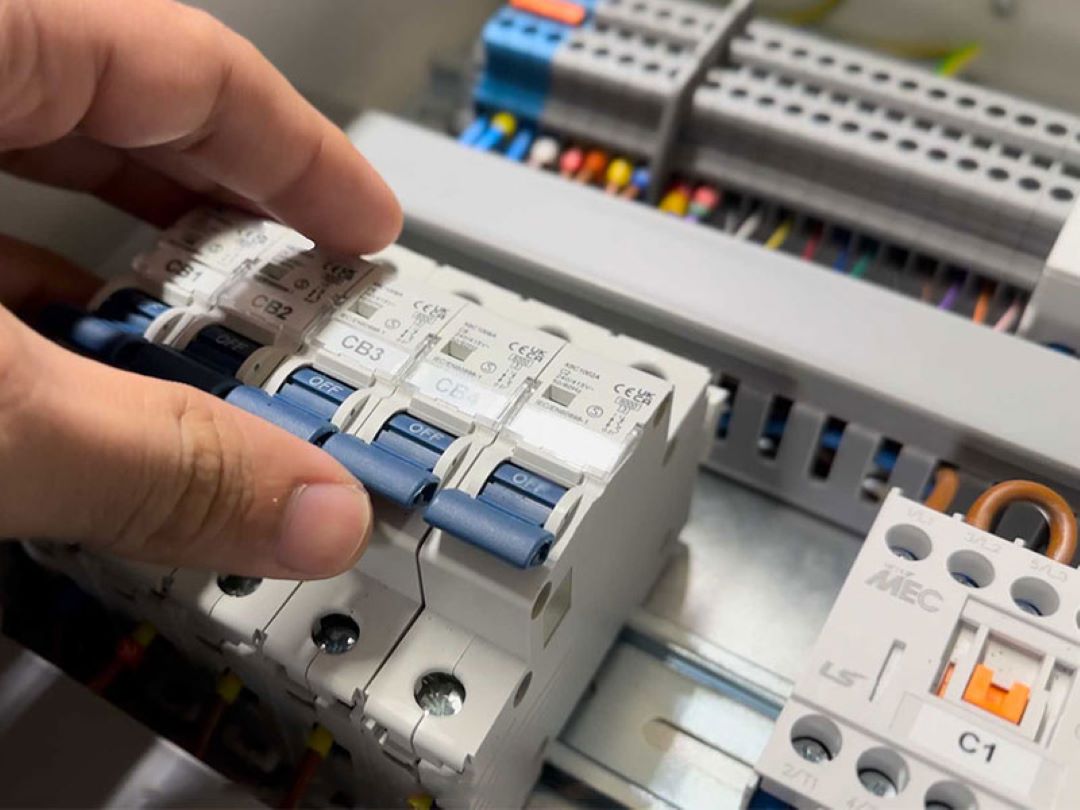
What is the function of a distribution board?
The function of a distribution board serves as the main electric panel that divides an electrical power feed into subsidiary circuits and prevents electrical problems to your electrical appliances. This central part of the electrical system houses essential components such as circuit breakers and switches that control and protect the power distribution in a building.
When a short circuit arises, the electrical distribution board (DB box) swiftly cuts off the power supply. With features like residual current circuit breakers and surge protection devices installed within its cabinet, a distribution board (DB box or DB panel) covers every aspect of electrical safety. It updates the number of circuits as needed, allowing for flexibility in case of wiring expansions or modifications.
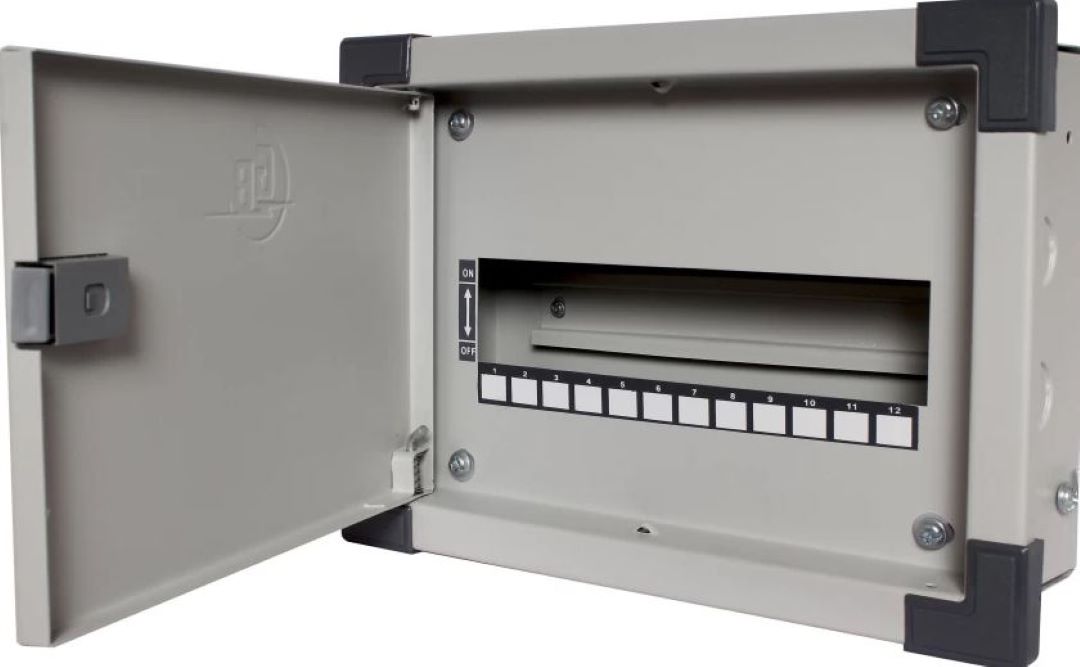
What are the distribution box types?
The distribution box types vary significantly in size and functionality to accommodate different electrical system requirements. A common form is the 3-phase distribution board (DB box), designed to control and manage power in a more sophisticated manner for larger buildings and industrial settings.
This type can often be seen ordered in a 12-way configuration, providing ample space and the ability to install numerous circuits and switches. Such panel boards are crucial in preventing electrical problems, such as short circuits, ensuring the electrical panels within the system operate efficiently and safely.
This 12-way 3-phase distribution board (DB box), is typically housed in a robust cabinet that can be securely installed, with a cover that allows easy access for updates or maintenance. The key features of these boards include surge protection devices, circuit breakers, and residual current devices, all integral for safeguarding the electrical panel and entire electrical system from electrical damage.
Each board's wiring, bus bars, and switches are meticulously organized within the box, providing seamless control and power distribution, illustrating the evolution of electrical panels aimed at addressing the complex needs of modern electrical distribution.
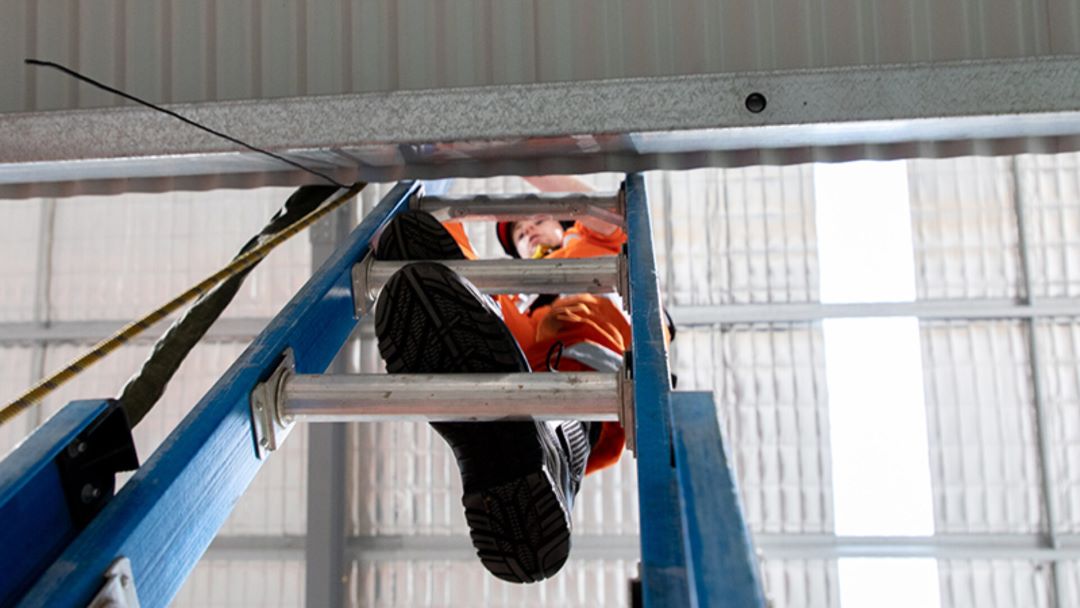
What is the requirement for distribution board installations? | Electrical Safety and Location regulations
For distribution board installations, the requirement includes adhering to the Workplace Safety and Health (WSH) Electrical Regulations and Electrical Safety Regulations in Singapore. The recommended installation height of the distribution board (DB box) should not should not exceed 2 meters. This is to ensure that all switches and fuses are readily accessible for operation, eliminating the need for tools or ladders.
This is crucial for enhancing the ability to control and monitor the power and electrical system efficiently. Furthermore, this strategic placement helps in quickly addressing any problems that may arise, such as short circuits or issues with the electrical panels.
To simply cover all bases, the installed distribution board (DB box), which essentially acts as the main control electrical panel of an electrical system, should feature adequate protection devices - including circuit breakers and residual-current devices - within its cabinet or box to ensure safe operation.
Whether it’s for a residential wiring project or a large commercial power distribution, the panel's location and height, the number of circuits it can accommodate, and its features significantly contribute to the electrical system's overall safety and functionality.
Access to this page of regulations and guidelines is crucial for anyone involved in the installation or maintenance of electrical panels. In case of updates or revisions to these standards, it’s vital for professionals to refer to the latest documents to ensure compliance.
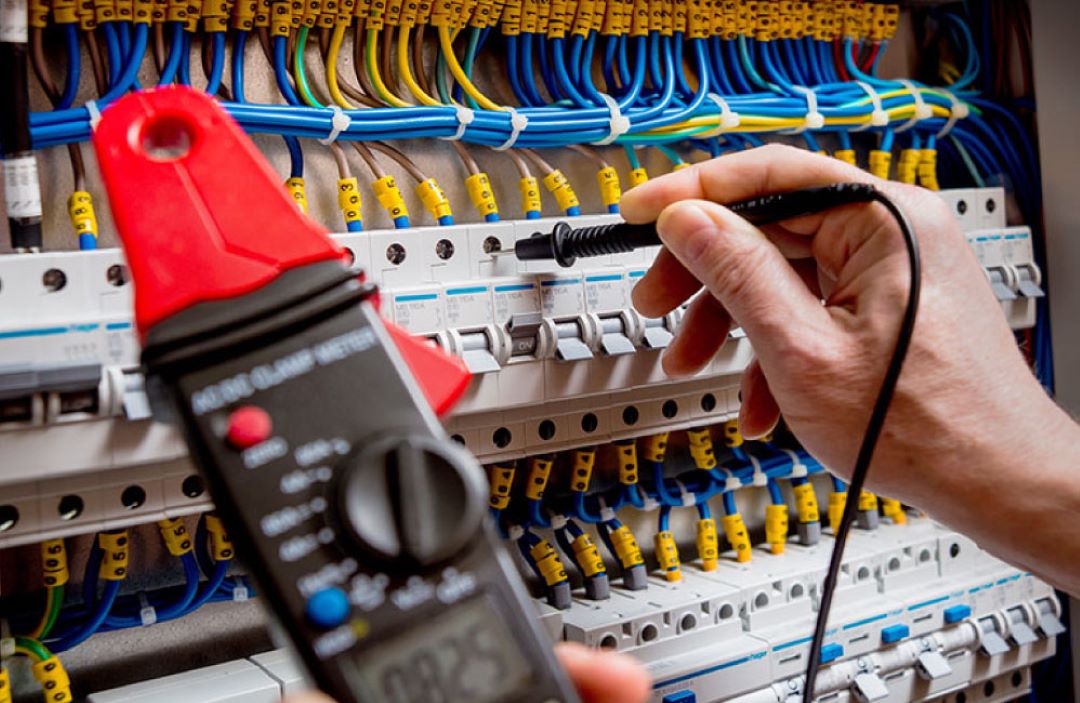
How do power distribution boards work?
Power distribution boards work by serving as a central unit that manages the distribution of electricity throughout a building or structure. The boards houses various electrical components such as bus bars, circuit breakers, surge protection devices, various switches and fuses in one place, located in the box or electrical panel to protect and control the electrical circuits within a given space.
This setup allows for a large number of circuits to be connected and managed efficiently. The primary function of these electrical panels is to distribute electricity to various parts of a building or structure safely. As a result, the distribution board (DB box) features mechanisms like residual current circuit breakers and fuses to prevent electrical accidents, ensuring a safe and reliable supply of power.
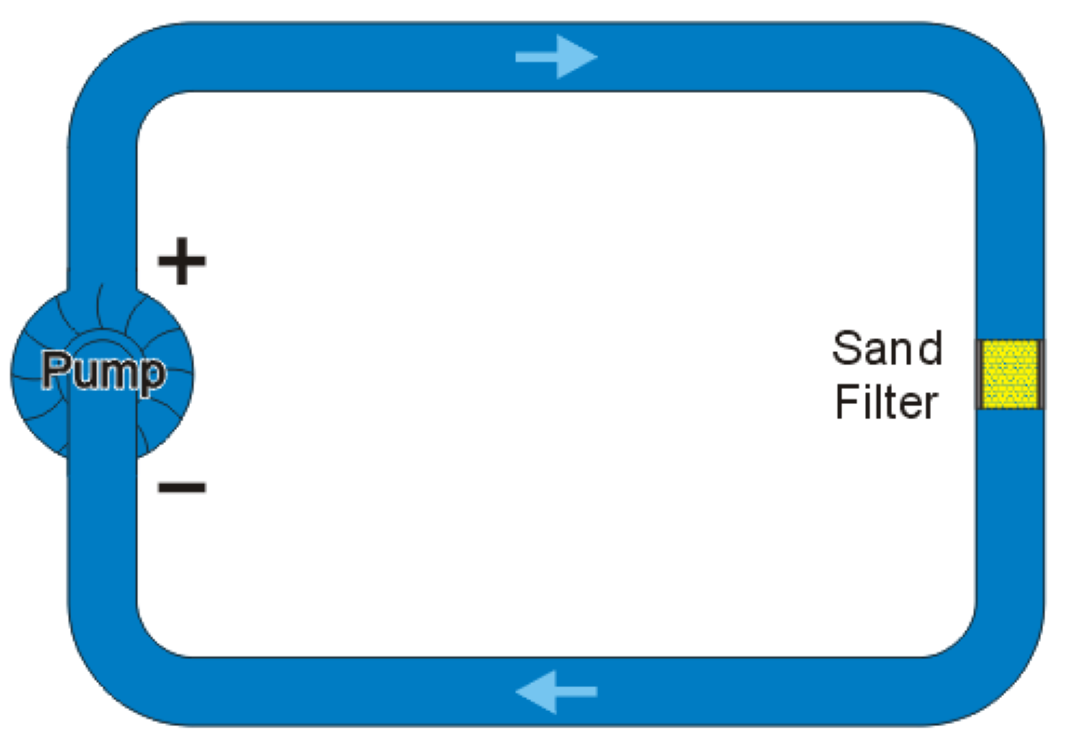
How does distribution of power work?
The distribution of power work begins from power plants. In order to provide a stable and efficient electricity supply to all connected outlets and appliances, power plants generate electricity that is delivered to customers through transmission and distribution power lines.
Similar to how a network of water pipes supplies water to various parts of a house, the electrical distribution system, through the use of distribution boards, manages and provide electricity flow. Modern distribution boards feature an array of safeguards including, residual current circuit breakers and surge protection devices, akin to having sand filters in a sand-filled water purification system.
Each component of the distribution board (DB box) plays a crucial role, with circuit breakers acting as valves to control the flow of electricity and ensure that the number of electrical outputs remains within safe operational limits.
As an electrician or home owner, it's essential to grasp not only the functionality of power distribution boards but also how circuit breakers work. Dive into our easy, comprehensive article for a more detailed understanding.
How does a power distribution box work?
A power distribution box works by distributing electrical power throughout a building in a safe and organized manner.
What is a distribution box (DB box)? Simply put, it serves as an electrical panel that manages and controls the flow of electricity using an array of wiring.
This panel houses a number of crucial components such as circuit breakers and fuses, which provide protection against overloads and short circuits.
By systematically distributing power, it ensures that all connected systems receive the necessary electrical supply needed to operate efficiently.
Moreover, a power distribution box simplifies the management of complex electrical setups, allowing for easier identification and resolution of any electrical issues that may arise.
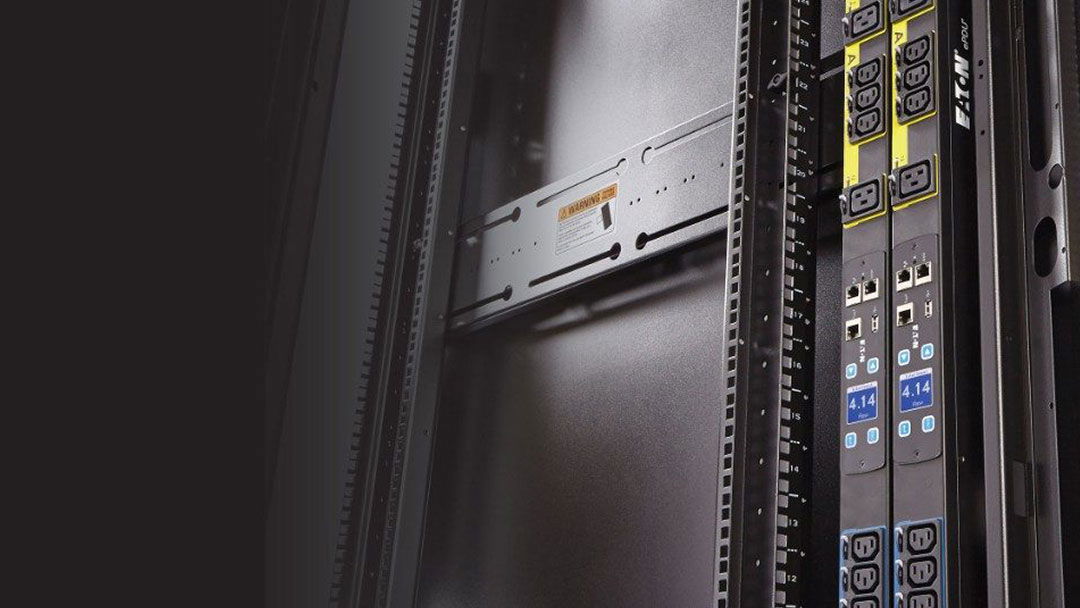
How does a power distribution unit work?
A power distribution unit works by turning a single power input into multiple power outputs, efficiently managing how electricity is distributed across various circuits.
By employing electrical panels and wiring systems, it ensures that each section of a building receives an adequate and controlled amount of power.
The unit uses a series of wires, switches, circuit breakers, and control mechanisms housed within an electrical panel box to provide a streamlined distribution setup.
In Singapore, there is a wide range of circuit breakers being used, here is a comprehensive guide to what are the types of circuit breakers used.
This setup not only facilitates a large number of electrical outputs but also enables straightforward management and adjustments as needed.
Simply put, power distribution units are essential for ensuring that electrical demands are met efficiently and safely across different locations.
How does a power distribution block work?
A power distribution block works by centralizing and consolidating your control panel wires and cables, effectively creating a more organized and manageable system within electrical panels.
It can take primary power from a single source and then divides it among various secondary circuits. This process streamlines the wiring setup, making it easier to handle complex electrical configurations within an electrical panel.
By utilizing power distribution blocks, the flow of electricity is efficiently managed, allowing for safer and more reliable operation of all connected systems.
The integration of these blocks within control panels ensures a systematic approach to power management, enhancing both safety and functionality.